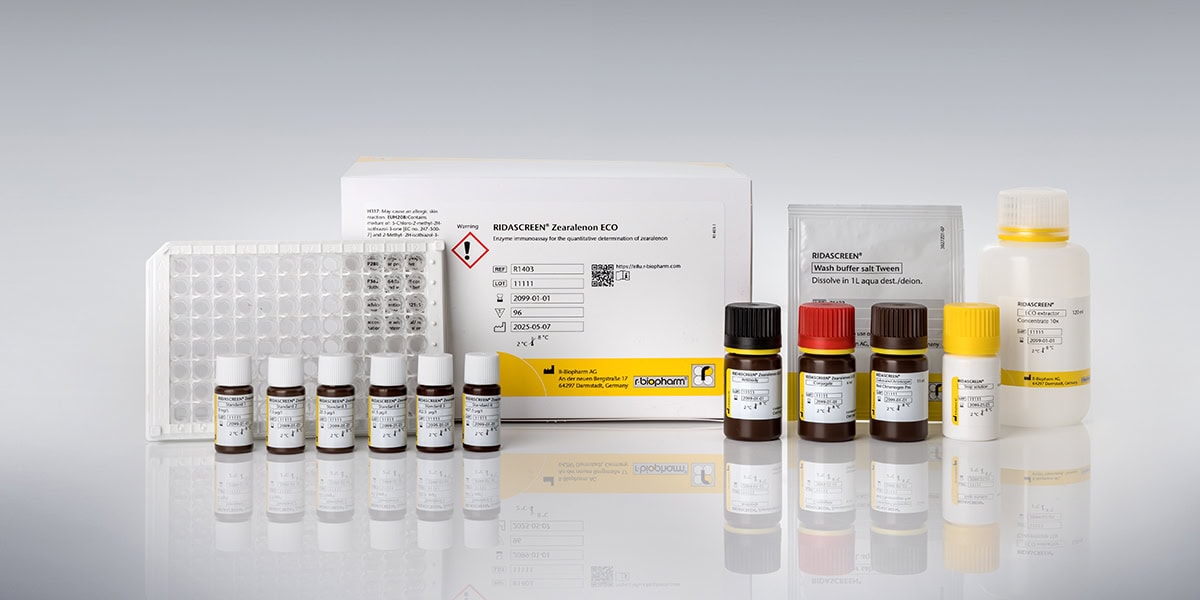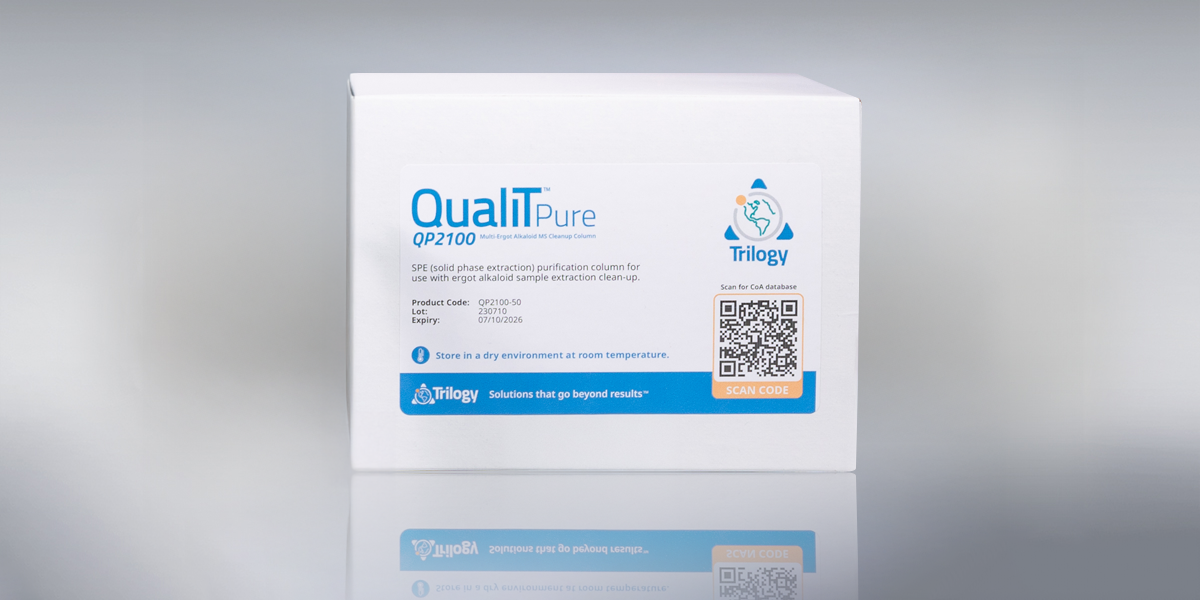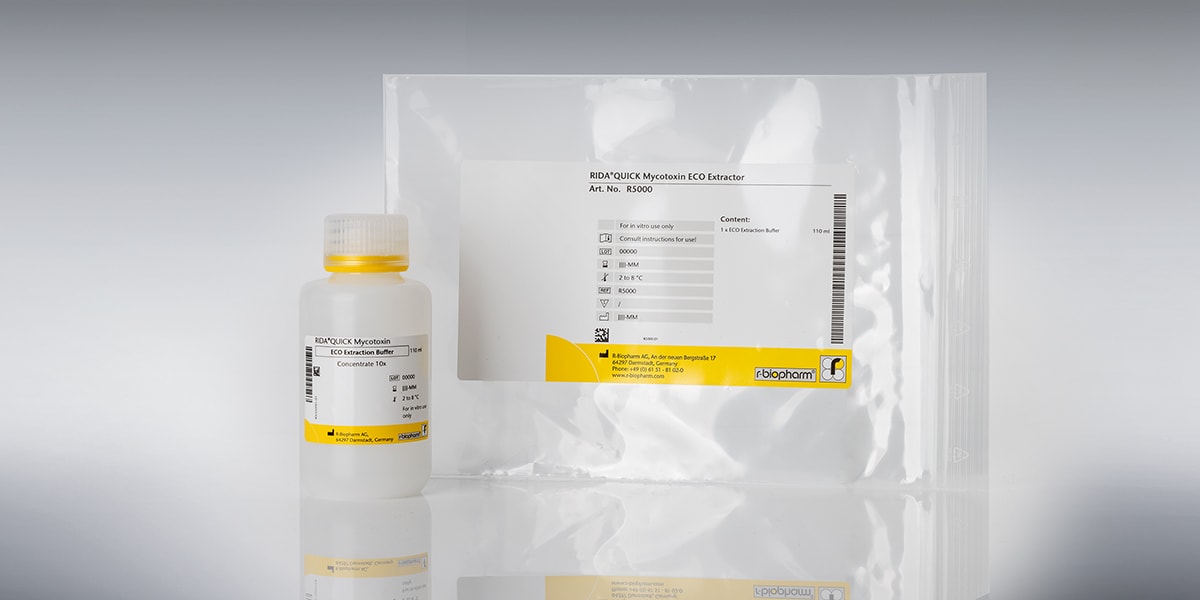
Recent news in Food & Feed Analysis
- Home
- /
- Mycotoxins in animal feeds:...
Mycotoxins in animal feeds: How dangerous are they for pets?

Gastrointestinal disorders and impairment of the immune and nervous systems: Mycotoxins, the metabolic product of mold fungi, are not just hazardous to human health; they may also be toxic for pets. How do mycotoxins get into pet food? What health risks are there? As a pet owner, this is vital information!
Mycotoxins – what are they?
Mycotoxins are secondary metabolites, which, unlike substances produced by regular metabolism, are only formed by individual species of mold.
Mold growth and mycotoxin production are determined by environmental conditions. Underlying factors include: long periods of rain during grain flowering, long periods of drought, or extreme climate change.
Mycotoxins can cause gastrointestinal disorders, however, they may also impair the immune and nervous systems. In addition to aflatoxins, other mycotoxins, such as ochratoxin A can cause genetic damage and can promote the formation of tumors. Mycotoxins have a toxic effect on animals – which can vary depending on the species of animal. Pigs, for example, are particularly susceptible.
How do mycotoxins get into pet food?
Where animal feeds contain contaminated herbal ingredients, carnivores, such as cats, dogs, and even rabbits and birds may face adverse health effects. Moreover, when fed dry food, animals have a higher risk of poisoning due higher grain content, which is comparably less in wet food.
Aflatoxin in particular poses a health risk for pets. However, other mycotoxins, such as ochratoxin, zearalenone, DON and fumonisins may also cause chronic diseases. Also at risk are rabbits, guinea pigs, birds, etc.
How dangerous are mycotoxins for pets?
The clinical effects of mycotoxins may vary. Depending on the dosage and type of toxin, the effect of mycotoxin can be acute or chronically toxic. Some mycotoxins are carcinogenic and damage genetic material; others are harmful to the nerves, blood-formation, skin, and fertility.
Guideline or limit values for mycotoxins in pet food are not regulated in the EU at present.
The first case of mycotoxins in dog food was reported in 1952. Since then, cases have continued to be reported worldwide. Thus, in 2020, 28 dogs died and 8 fell ill from food contaminated with aflatoxin.
How can animals be protected?
The risk of dry food containing mycotoxins is particularly high, since it contains many herbal elements. Therefore, pet food should be stored under dry and cool conditions. Mycotoxins are invisible to the naked eye, and therefore moldy food should be disposed of completely.
However, it is the responsibility of the manufacturers to ensure that pet food is free of mycotoxins. Testing should be carried out on the pet food throughout the entire manufacturing chain. R-Biopharm offers an extensive range of testmethods and analytical solutions for the detection of mycotoxins e.g. the multi-mycotoxin immunoaffinity columns 11+Myco MS-PREP® (Art. No. RBRP128 / RBRP128B) for the detection of 11 mycotoxins simultaneously.[vc_column_inner]
Need more info?
“Mycotoxins and animal health” is the topic of an online conference in the run-up to the World Mycotoxin Forum®. Ronald Niemeijer from R-Biopharm will give a presentation entitled “Mycotoxins in pet food”.
The web conference will be held November 30, 2021. Register here.[vc_column_inner]



